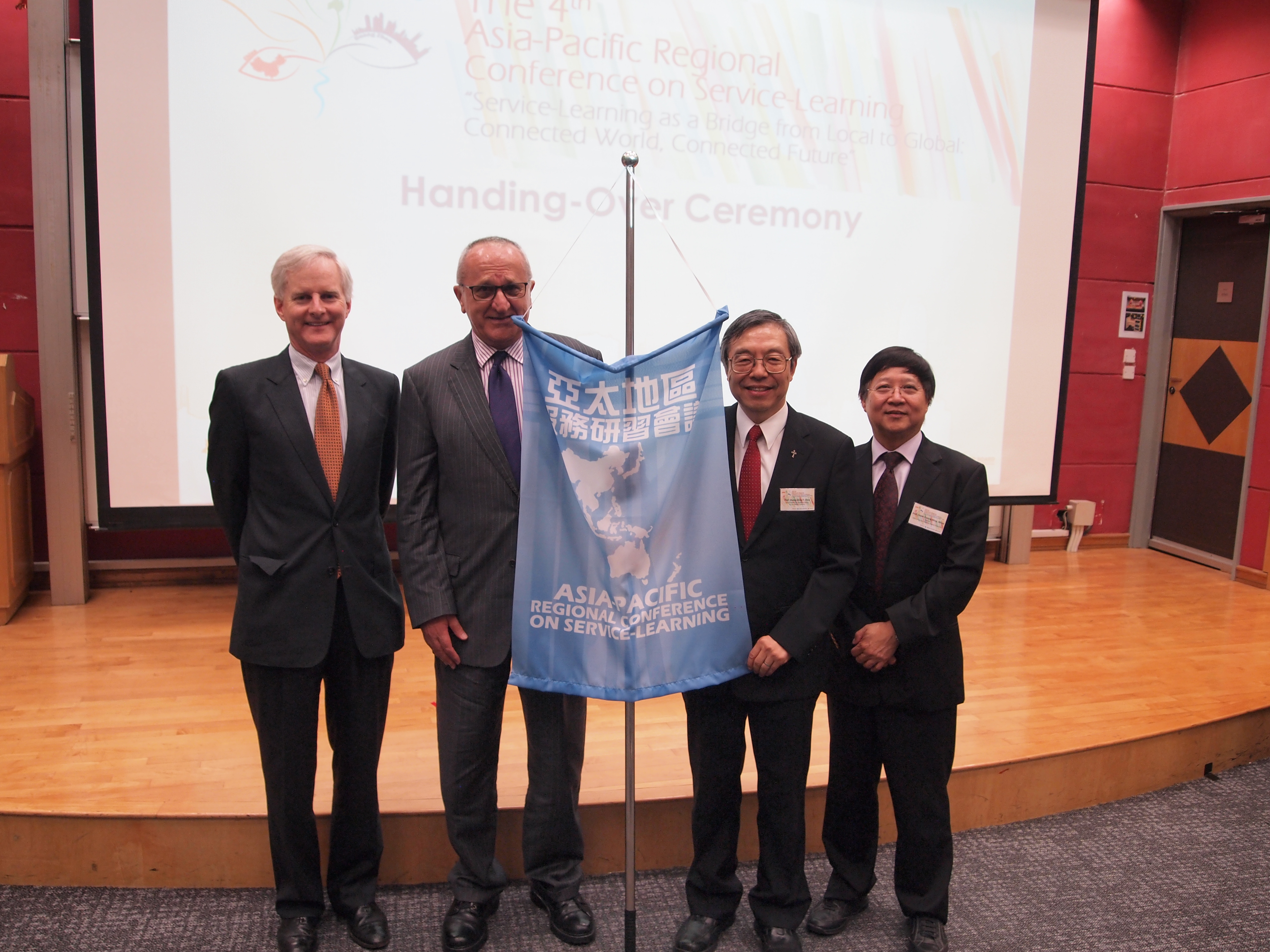Location
MD202, Paul Cardinal Shen Medical Building, Fu Jen University
Start Date
28-5-2015 4:30 PM
End Date
28-5-2015 5:40 PM
Description
Since year 2000, we have implemented regular and Service-Learning programs in our packaging design class in Visual Communication Design Department. This paper examines the comparison of the study of packaging design between regular and Service-Learning classes in order to share the benefits and obstacles of both methods. We use qualitative method to examine the data that we collect from the students' reflections and through deep interviews with them. The research outcome gives important descriptions that in the regular class, students could explore their creativity, but their design tend to be expensive and sometimes difficult to be implemented. In the class that uses Service-Learning program, students have the experiences of dealing with real clients and real problems. Students' designs are not just graded and exhibited but their designs are donated and implemented. Through Service-Learning, students have contributed to the welfare of urban and rural people in need. The students have learned about choosing materials, printing techniques, managing time and budget. They become more concerned with their attitudes especially how to be polite and how to use proper language visually and verbally. Reflection papers that have been written by the students help us to evaluate the program in order to improve the quality of future program. Inspite all the good things that happened in the Service-Learning program, there are also some obstacles faced by students related to economic, cultural and social gaps. However, up to now, Service-Learning program can still improve the quality of the study of packaging design in the ways students show their technical and soft skills.
Recommended Citation
Natadjaja, L., & Yuwono, E. C. (2015, May). The study of regular and service-learning programs in the packaging design class. Paper presented at the 5th Asia-Pacific Regional Conference on Service-Learning: Love Journey: Community Engagement through Service-Learning, Fu Jen Catholic University, Taiwan.
The study of regular and service-learning programs in the packaging design class
MD202, Paul Cardinal Shen Medical Building, Fu Jen University
Since year 2000, we have implemented regular and Service-Learning programs in our packaging design class in Visual Communication Design Department. This paper examines the comparison of the study of packaging design between regular and Service-Learning classes in order to share the benefits and obstacles of both methods. We use qualitative method to examine the data that we collect from the students' reflections and through deep interviews with them. The research outcome gives important descriptions that in the regular class, students could explore their creativity, but their design tend to be expensive and sometimes difficult to be implemented. In the class that uses Service-Learning program, students have the experiences of dealing with real clients and real problems. Students' designs are not just graded and exhibited but their designs are donated and implemented. Through Service-Learning, students have contributed to the welfare of urban and rural people in need. The students have learned about choosing materials, printing techniques, managing time and budget. They become more concerned with their attitudes especially how to be polite and how to use proper language visually and verbally. Reflection papers that have been written by the students help us to evaluate the program in order to improve the quality of future program. Inspite all the good things that happened in the Service-Learning program, there are also some obstacles faced by students related to economic, cultural and social gaps. However, up to now, Service-Learning program can still improve the quality of the study of packaging design in the ways students show their technical and soft skills.

